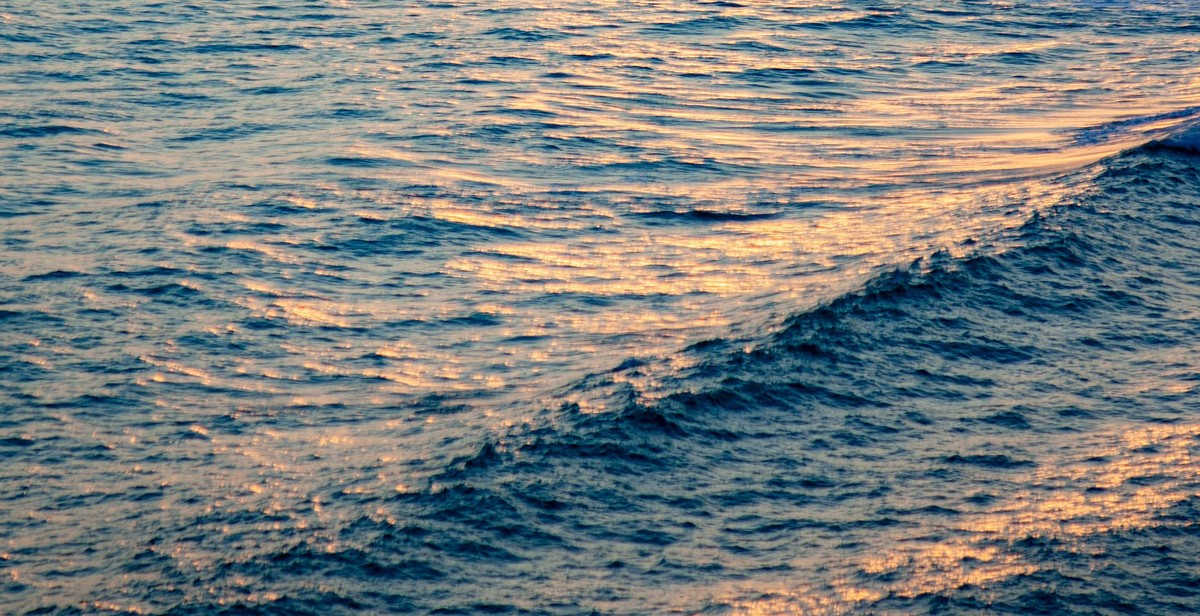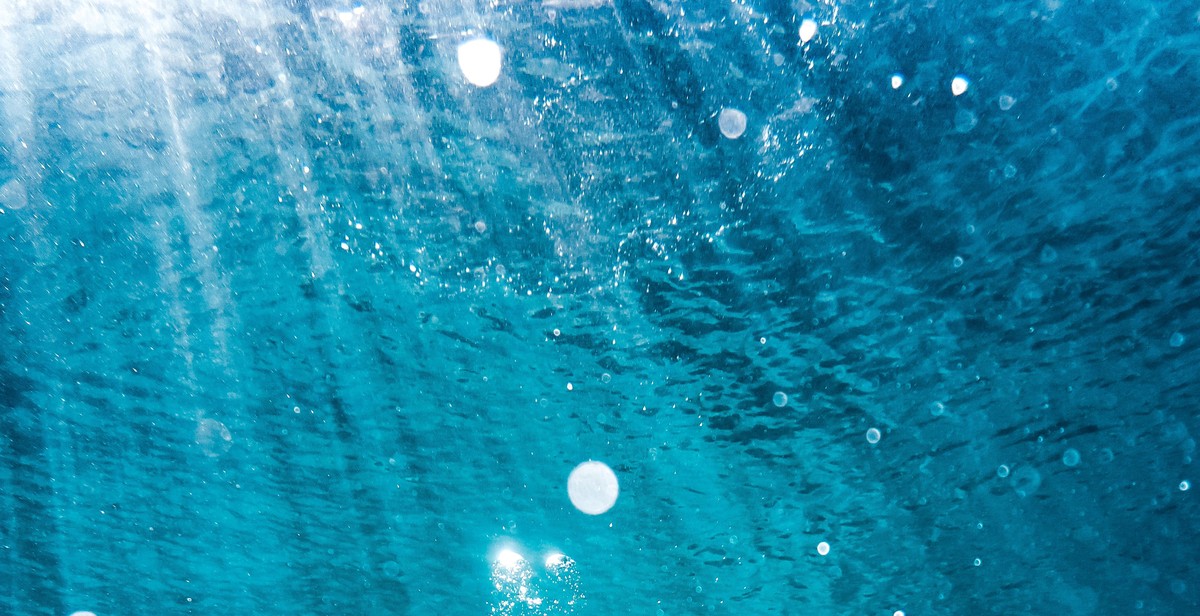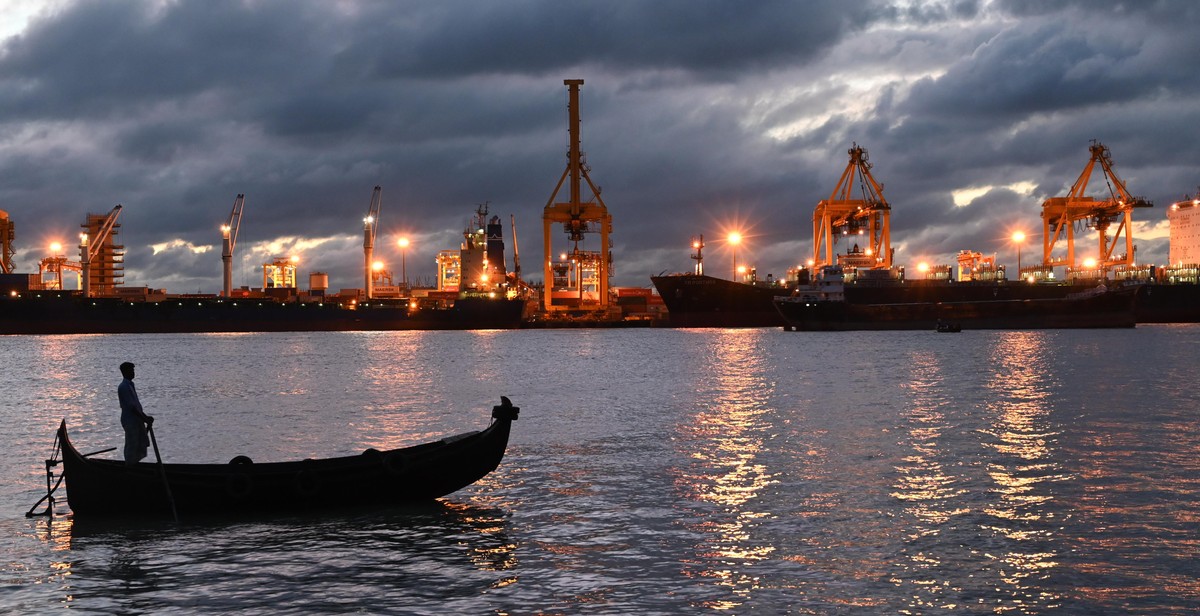The Effects of Ocean Acidification on Marine Life
Ocean acidification is a process that occurs when carbon dioxide (CO2) is absorbed by seawater, forming carbonic acid. This reaction decreases the pH of the ocean, making it more acidic. Since the Industrial Revolution, the ocean has absorbed approximately 30% of the CO2 emitted by human activities, resulting in a 0.1 decrease in pH. This may not seem like a lot, but it represents a 30% increase in acidity, making the ocean more acidic than it has been in the past 800,000 years.
Marine life is highly dependent on the delicate balance of ocean chemistry. The increase in ocean acidity can have profound effects on the physiology and behavior of marine organisms, including shell-forming organisms, planktonic organisms, and fish. In particular, the ability of shell-forming organisms, such as corals, mollusks, and some planktonic species, to build and maintain their shells and skeletons is severely impacted.
This article will explore the effects of ocean acidification on marine life and the potential consequences for the ocean ecosystem as a whole.

Causes of Ocean Acidification
There are several causes of ocean acidification, but the primary cause is the increase in carbon dioxide emissions in the atmosphere. Carbon dioxide is a greenhouse gas that traps heat in the atmosphere, causing global warming. As carbon dioxide levels increase, the ocean absorbs more of it, leading to a decrease in pH levels.
Carbon Dioxide Emissions
The burning of fossil fuels, deforestation, and industrial processes are the main sources of carbon dioxide emissions. As the population grows and economies develop, the demand for energy increases, leading to more carbon dioxide emissions. The oceans absorb around 30% of the carbon dioxide emitted by human activities, which is equivalent to around 22 million tons of carbon dioxide per day.
Chemical Reactions
When carbon dioxide dissolves in seawater, it reacts with water molecules to form carbonic acid. This chemical reaction increases the concentration of hydrogen ions in the water, leading to a decrease in pH levels. As the pH levels decrease, the water becomes more acidic, which affects the ability of marine organisms to build and maintain their shells and skeletons.
The decrease in pH levels also affects the balance of carbonate ions in the water, which are essential for the formation of shells and skeletons of marine organisms such as corals, mollusks, and plankton. As the concentration of carbonate ions decreases, it becomes more difficult for these organisms to build and maintain their shells and skeletons.
Conclusion
In conclusion, the primary cause of ocean acidification is the increase in carbon dioxide emissions in the atmosphere. This leads to chemical reactions that decrease the pH levels of seawater and affect the ability of marine organisms to build and maintain their shells and skeletons. It is essential to reduce carbon dioxide emissions and take measures to mitigate the effects of ocean acidification on marine life.

Impact of ocean acidification on marine life
Ocean acidification is one of the significant consequences of increased carbon dioxide emissions in the atmosphere. The ocean absorbs about 30% of the CO2 released into the atmosphere, leading to a decrease in seawater pH levels and an increase in acidity. This phenomenon has significant implications for marine life, including corals, shellfish, fish, and other marine organisms.
Corals
Corals are one of the most affected marine organisms by ocean acidification. The acidic environment reduces the availability of carbonate ions, which are essential for corals to build their calcium carbonate skeletons. As a result, corals become more vulnerable to erosion, predation, and disease, and their growth rates slow down.
Shellfish
Shellfish, such as oysters, clams, and mussels, are also highly vulnerable to ocean acidification. The increased acidity in seawater makes it harder for these organisms to build and maintain their calcium carbonate shells, which protect them from predators and environmental stressors. As a result, shellfish become more susceptible to mortality, and their populations decline.
Fish
Ocean acidification also has significant implications for fish, particularly those that rely on calcifying organisms for their food source. As the populations of calcifying organisms decline, so does the food source for these fish, leading to a decrease in their population. Additionally, the acidic environment can affect fish behavior, such as their ability to detect predators and their sense of smell.
Other marine organisms
The impact of ocean acidification on other marine organisms varies depending on their sensitivity to changes in seawater pH levels. Some organisms, such as phytoplankton, may benefit from increased CO2 levels and thrive in an acidic environment. However, others, such as sea urchins and some species of crustaceans, may experience negative effects, such as reduced growth and reproductive success.
| Marine Organisms | Impact of Ocean Acidification |
|---|---|
| Corals | Reduced growth rates, vulnerability to erosion, predation, and disease |
| Shellfish | Difficulty building and maintaining calcium carbonate shells, increased susceptibility to mortality |
| Fish | Decreased population due to reduced food source and behavioral changes |
| Other marine organisms | Varies depending on sensitivity to changes in seawater pH levels |
Overall, ocean acidification has significant implications for marine life and the ecosystems they inhabit. Understanding the impact of ocean acidification on marine organisms is crucial for developing effective conservation strategies to mitigate its effects and preserve the health and biodiversity of our oceans.

Consequences for humans
Ocean acidification has far-reaching consequences for humans and the global economy.
Economic impact
The economic impact of ocean acidification is significant. Many industries depend on the ocean, including fishing, tourism, and transportation. As the acidity of the ocean increases, it has a domino effect on these industries.
Fisheries are particularly vulnerable to ocean acidification. As the pH levels drop, it becomes more difficult for marine organisms to form shells and skeletons. This includes important commercial species such as oysters, clams, and crabs. Without these species, the fishing industry could suffer significant losses.
The tourism industry is also at risk. Coral reefs, which attract millions of tourists each year, are highly sensitive to changes in pH levels. As the acidity of the ocean increases, coral reefs become weaker and more susceptible to damage from storms and other environmental factors. This could have a devastating impact on the tourism industry in many coastal communities.
Finally, ocean acidification can also impact transportation. As the acidity of the ocean increases, it can damage ships and other marine infrastructure. This could lead to increased costs for shipping companies and other industries that rely on the ocean for transportation.
Food security
Ocean acidification also has significant implications for global food security. As mentioned earlier, many important commercial species are vulnerable to changes in pH levels. This could have a significant impact on the global food supply.
In addition, ocean acidification can also impact the productivity of marine ecosystems. As the acidity of the ocean increases, it can disrupt the food web and reduce the availability of food for many species. This could have a ripple effect throughout the entire ecosystem, leading to significant declines in biodiversity and productivity.
Overall, the consequences of ocean acidification for humans are far-reaching and potentially catastrophic. It is important that we take action to address this issue and protect the health of our oceans and the global economy.

Possible Solutions for Ocean Acidification
Ocean acidification is an alarming global issue that needs immediate action to prevent further damage to marine life. Here are some possible solutions to reduce the impact of ocean acidification:
Reducing Carbon Emissions
The primary cause of ocean acidification is the increasing amount of carbon dioxide (CO2) emissions from human activities. Reducing carbon emissions is the most effective way to combat ocean acidification. Governments and industries should work together to implement policies and regulations that limit the amount of CO2 emissions.
Carbon Capture and Storage
Carbon capture and storage (CCS) is a technology that captures CO2 emissions from industrial processes and stores them underground. CCS can significantly reduce the amount of CO2 in the atmosphere, which can help mitigate ocean acidification. Governments and industries should invest in CCS technology and promote its adoption.
Adapting to Ocean Acidification
Marine life can adapt to changing conditions, including ocean acidification. However, the rate of acidification is happening too quickly for many species to adapt. Scientists are studying ways to help marine life adapt to the changing ocean conditions, such as selective breeding, genetic engineering, and habitat restoration. Governments and organizations should fund research on adaptation strategies and implement them to protect marine life.
Conclusion
It is essential to act now to prevent further damage to marine life caused by ocean acidification. Reducing carbon emissions, implementing CCS technology, and adapting to ocean acidification are some of the possible solutions that can help mitigate the impact of ocean acidification. Governments, industries, and individuals should work together to implement these solutions and protect our oceans and marine life.
